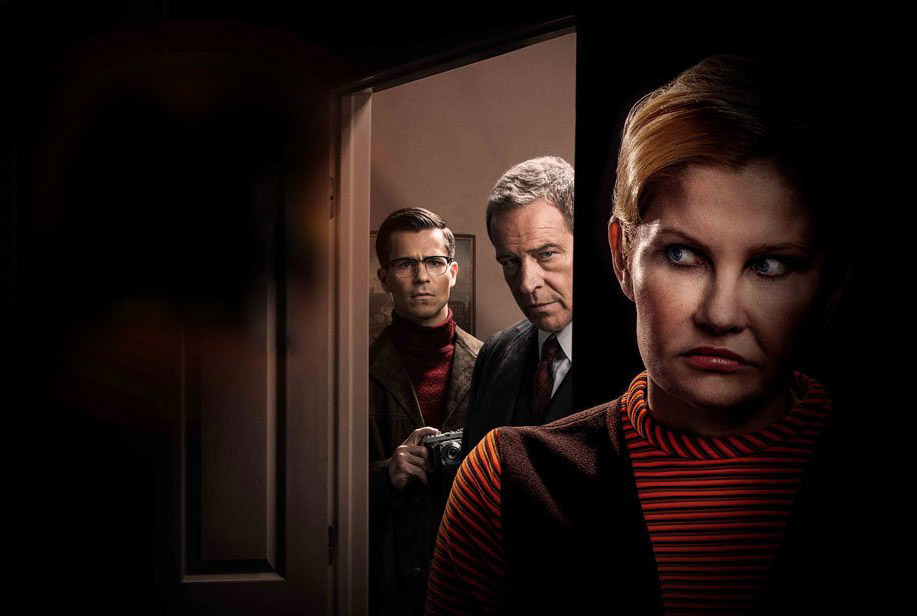
Originally penned by the writer of Dial M for Murder – Frederick Knott – Wait Until Dark can similarly boast a reasonably prestigious film adaptation spinning out of the play. Being staged once again, this particular version by the Original Theatre Company boasts a particular spin on the central conceit. Wait Until Dark concerns the efforts of three con men to secure a doll from Susy, blind woman, here played Karina Jones, who is herself visually impaired. It’s great to see such active efforts towards representation. Of course, many critics will leap on the chance to talk about her bringing ‘authenticity’ to the role but ultimately the play succeeds (for the most part) because Jones makes Susy a plausible character rather than an incredibly accurately depicted disability.
Jones is not the only asset of the play. Jack Ellis, an experienced TV villain across several shows, is a very assured manipulator as the primary con man, Mike. He was a real pleasure to watch. On the more extravagant end we have Tim Treloar as Roat, who from the start is a marked as a particularly reptilian kind of sociopath. Some may find he borders on the cartoonish but I felt he struck the right note between being a characterful presence whilst still being threatening.
The use of lighting in the show is key, as you may be able to tell from the premise, and this is implemented effectively. The suspicious atmosphere is further embellished by the staging. Possibly as a result of the tall and shallow stage in Cheltenham, the room and corridor that compose the set are stacked, so much of the action looms over and curls back on itself. This is very good for creating an environment of eavesdropping and deception.
There are a few elements that are nakedly misjudged. Despite so much of the production concentrating on period detail in its costume and set, the scene transition music is jarringly modern. Further to this, several of the scene transitions and a few emphatic moments in the play are facilitated by the main lights dropping out and the stage being lit by a glaring strip light mounted between the different levels. It’s stylistically out of place with the rest of the performance and doesn’t seem to serve a pragmatic or symbolic function. As it goes these are minor issues but they rear their heads with some frequency.
Somewhat more crucially, the finale feels a tad out of touch with the rest of the play. Whereas most of the action in Wait Until Dark centres around games of bluff and counter-bluff, the con men trying to spin their plot on one side whilst Susy deduces and unravels hints as time goes on, the very close is a considerably more anarchic affair. The earlier sections rely on a rigorous attention to detail as object placement, small facts and even little noises are key to how the drama plays out. It was even a little disappointing to see the play descend into far blander and less poised action for the big finish.
This did not overturn the hard work that the actors put in though it does mean the qualities of the play are front-loaded. Wait Until Dark is tense and cleverly written with a cast that does the script credit – it just needed some more discipline at the end. ★★★☆☆ Fenton Coulthurst 13th September 2017
Click here to read the interview with Jack Ellis

